By 1970, Plymouth had muscle cars dialed in. The HEMI was feared, the Road Runner badge was everywhere, and the ads didn’t shy away from flexing. But the Rapid Transit System cars? That was another level. These weren’t just showroom models—they were factory-backed showstoppers, built to stir up excitement and stop traffic dead.
Among them, the HEMI-powered Road Runner stood out like a jet on a runway. With one-off bodywork, custom paint, and the kind of firepower usually reserved for drag strips, it wasn’t just a car—it was a moving billboard for speed, style, and attitude.
Built for the Rapid Transit System Tour
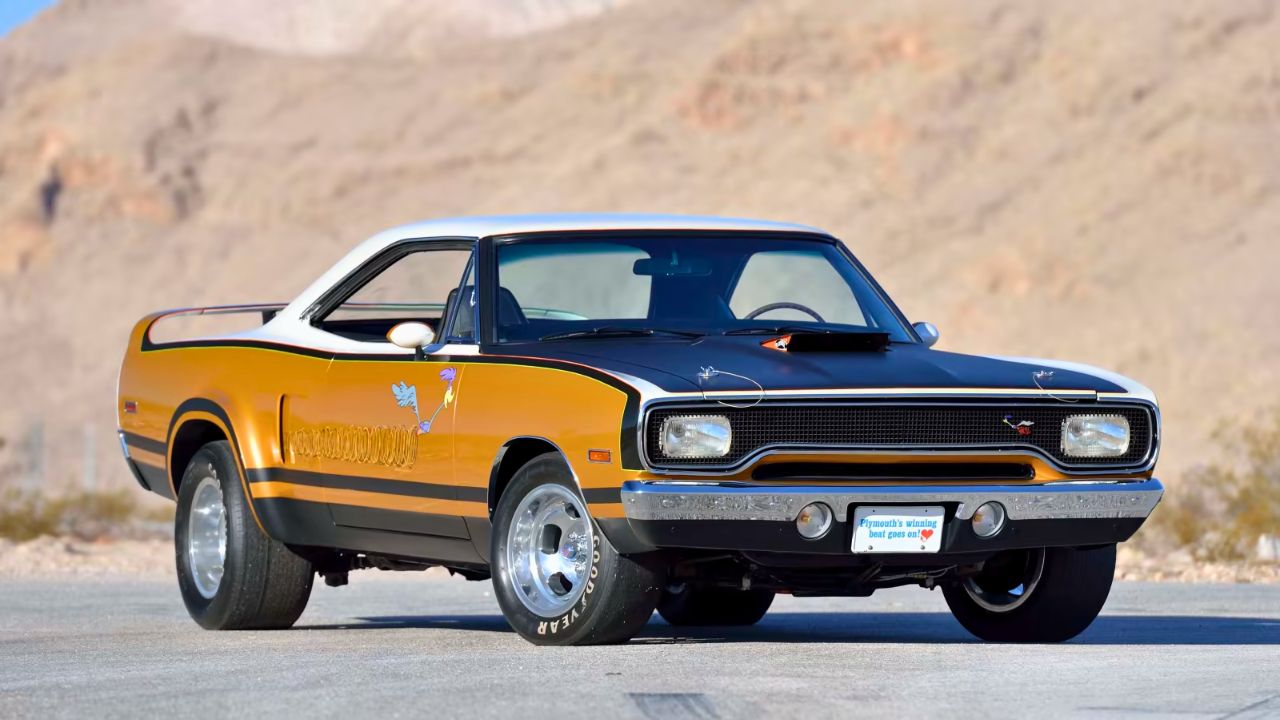
The 1970 Hemi Road Runner Rapid Transit was one of the showcase cars from Plymouth’s “Rapid Transit System” marketing campaign. It wasn’t just built for showroom bragging—it toured the country with a handful of factory-backed customs to push the brand’s performance image.
These cars were displayed at dealerships, car shows, and even in shopping malls. It was an aggressive PR move to draw younger buyers into showrooms, and it worked. The Road Runner on tour wasn’t stock either—it was built to stop crowds in their tracks.
The Hemi Under the Hood Meant Business
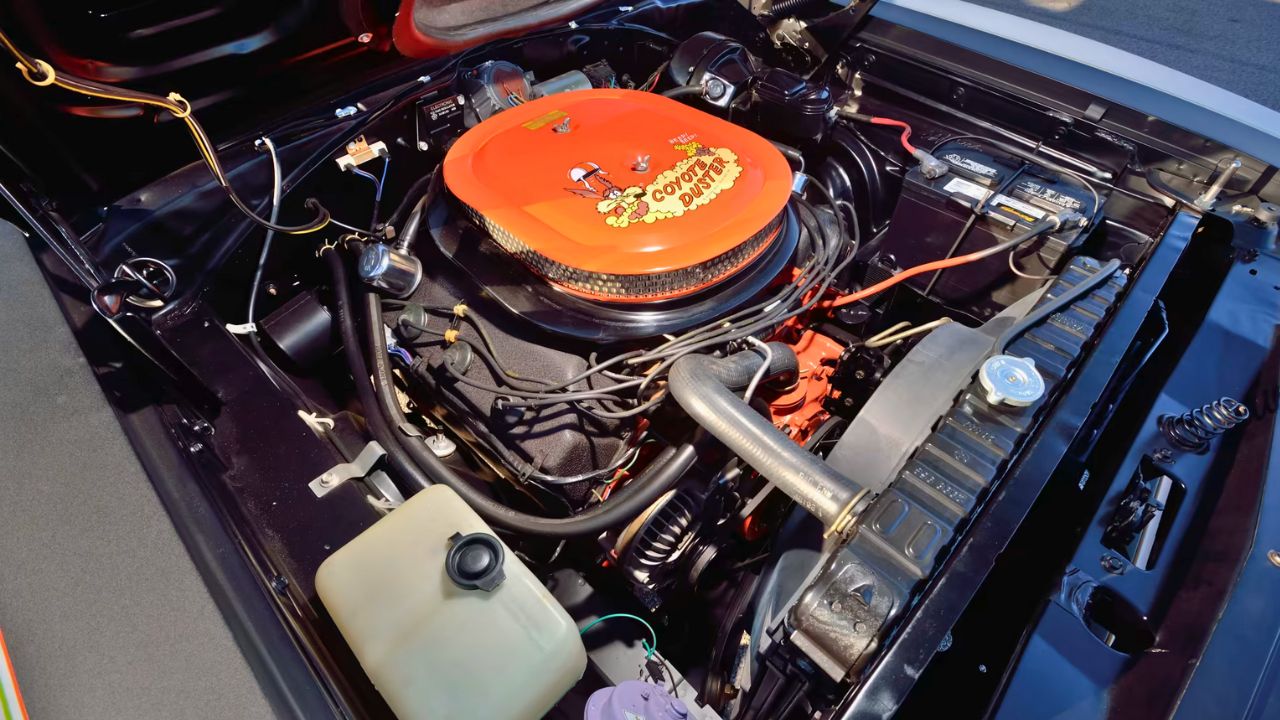
At the heart of this particular Road Runner was Chrysler’s famous 426 HEMI. Factory-rated at 425 horsepower and 490 lb-ft of torque, it was more than enough to turn tires into smoke at will. The HEMI wasn’t just powerful—it was engineered with racing in mind.
The engine featured a forged steel crank, heavy-duty rods, and dual 4-barrel carburetors sitting on a high-rise intake. Backed by a Torqueflite or a 4-speed manual, it wasn’t made for commuting—it was made for getting to the finish line first, and loudly.
It Wore One-of-a-Kind Custom Bodywork
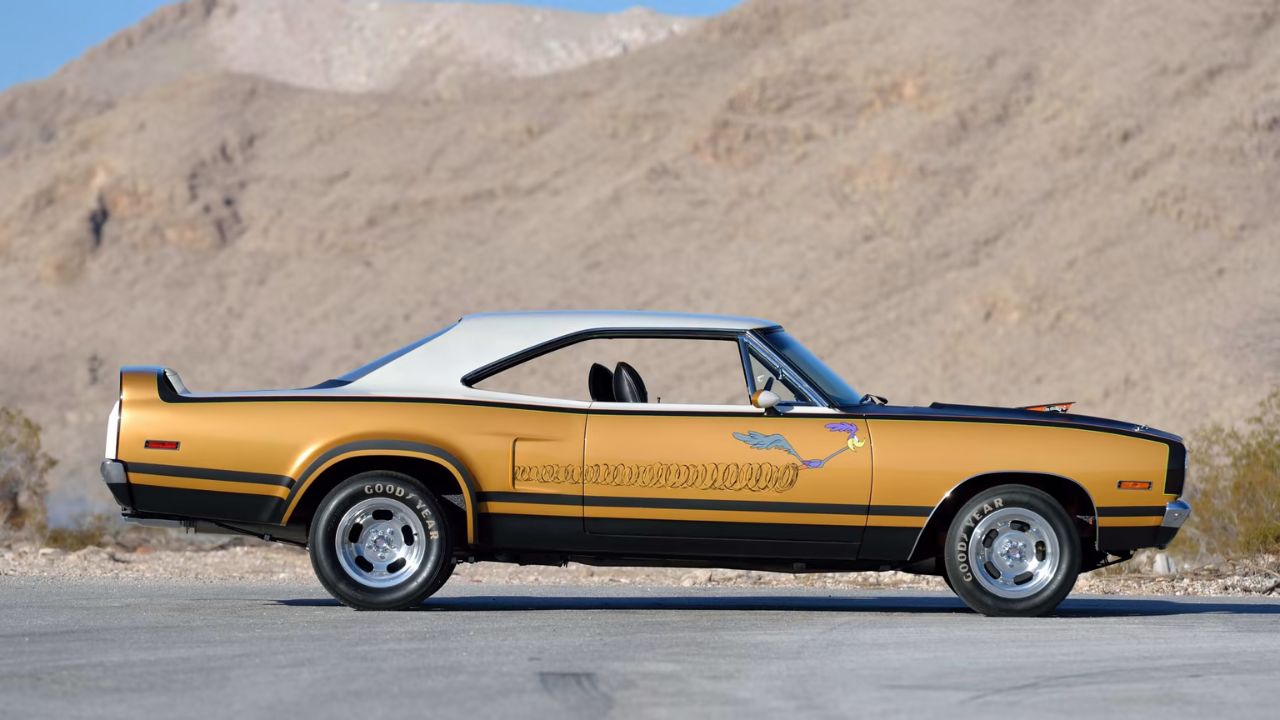
Unlike the typical Road Runners sold to the public, the Rapid Transit car had a custom look thanks to Roman Chariot-style body mods by Chuck Miller. It featured molded fender flares, an aggressive front spoiler, and a tunneled rear valence with inset tail lamps.
The wild styling wasn’t about subtlety. This thing looked like a concept car that escaped the design studio. The panels were hand-finished, and the car had a raked stance with oversized tires tucked deep into the rear wells. It was built to grab eyeballs.
Painted to Stand Out, Not Blend In
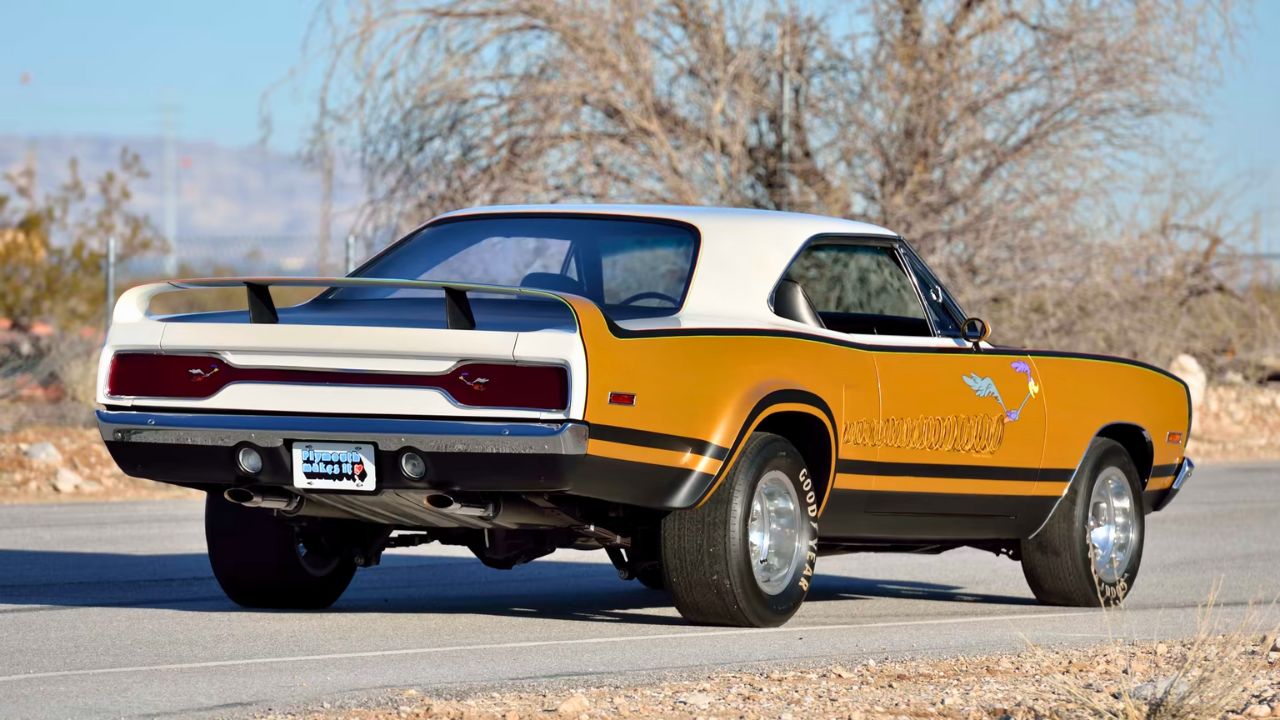
The paint was a huge part of the car’s identity. Finished in a custom orange blend with black graphics, it wasn’t just about color—it was about attitude. It had layered striping, hand-laid panels, and pinstriped accents that screamed 1970 show car culture.
The finish was miles away from anything on the dealer lot. That visual flash was key to the car’s mission—attract young buyers who wanted a car that looked fast before you even turned the key. It worked. This car looked like trouble before it moved.
Backed by Chrysler and Built by Pros
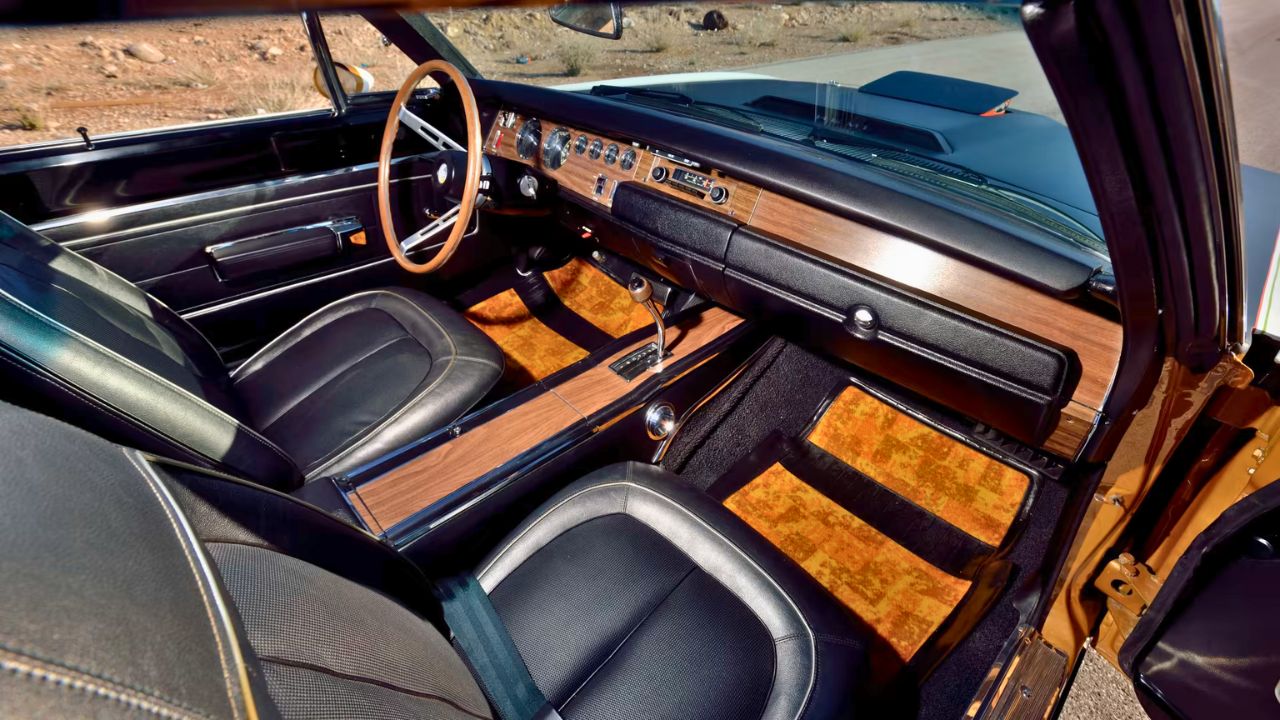
Plymouth didn’t just slap these together in a factory backlot. The Rapid Transit cars were built by respected customizers, including Detroit’s Chuck Miller and stylist Harry Bradley. These weren’t quick promo jobs—they were high-end customs with Chrysler’s full blessing.
This partnership between corporate and custom wasn’t common at the time. Most OEMs kept their show cars in-house, but Plymouth handed over keys and let the builders get wild. That’s why the Rapid Transit Road Runner felt more like a SEMA car than a showroom model.
Showed Up at the Right Time
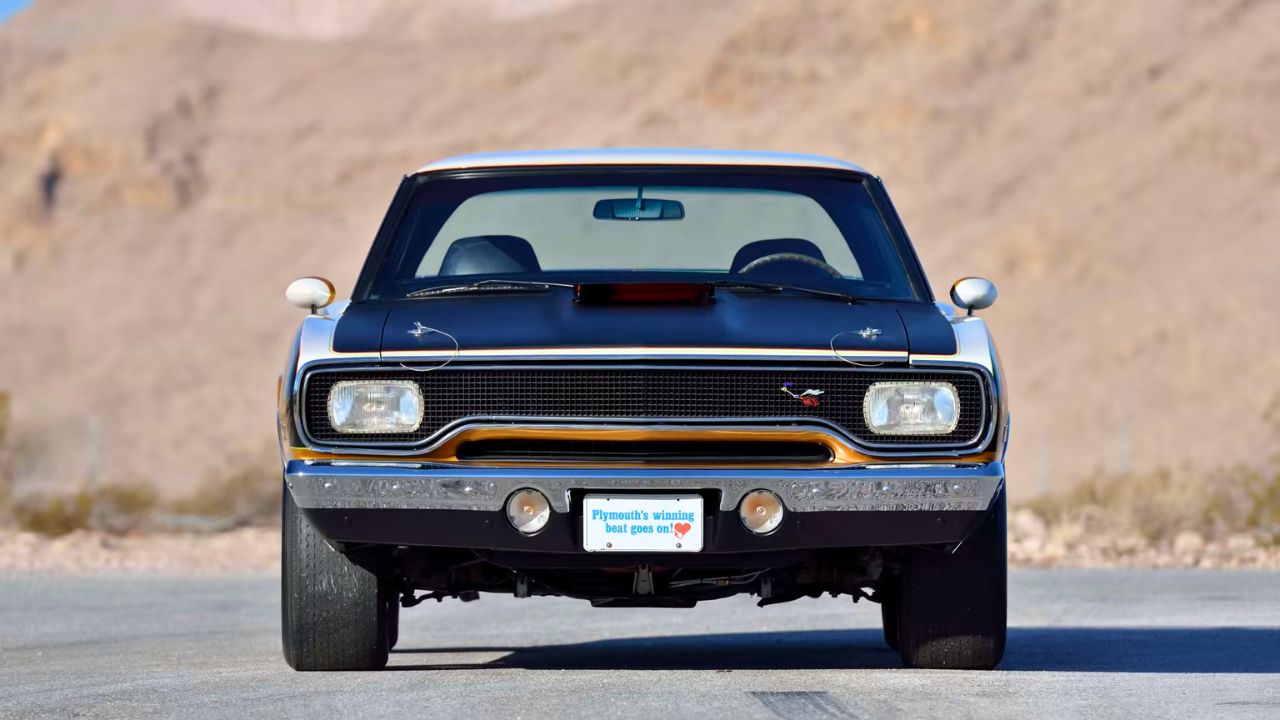
The Rapid Transit System tour launched at the peak of the muscle car era—1970 was arguably the last big year before insurance rates, gas prices, and emissions took a bite out of performance. This car showed up right as things were starting to change.
By 1971, things got heavier, slower, and less aggressive. But in 1970, the HEMI still roared, the paint was still loud, and people still camped out for a glimpse. The Road Runner Rapid Transit car captured that narrow window before everything started to cool off.
It Wasn’t Just a Show Car—It Could Run
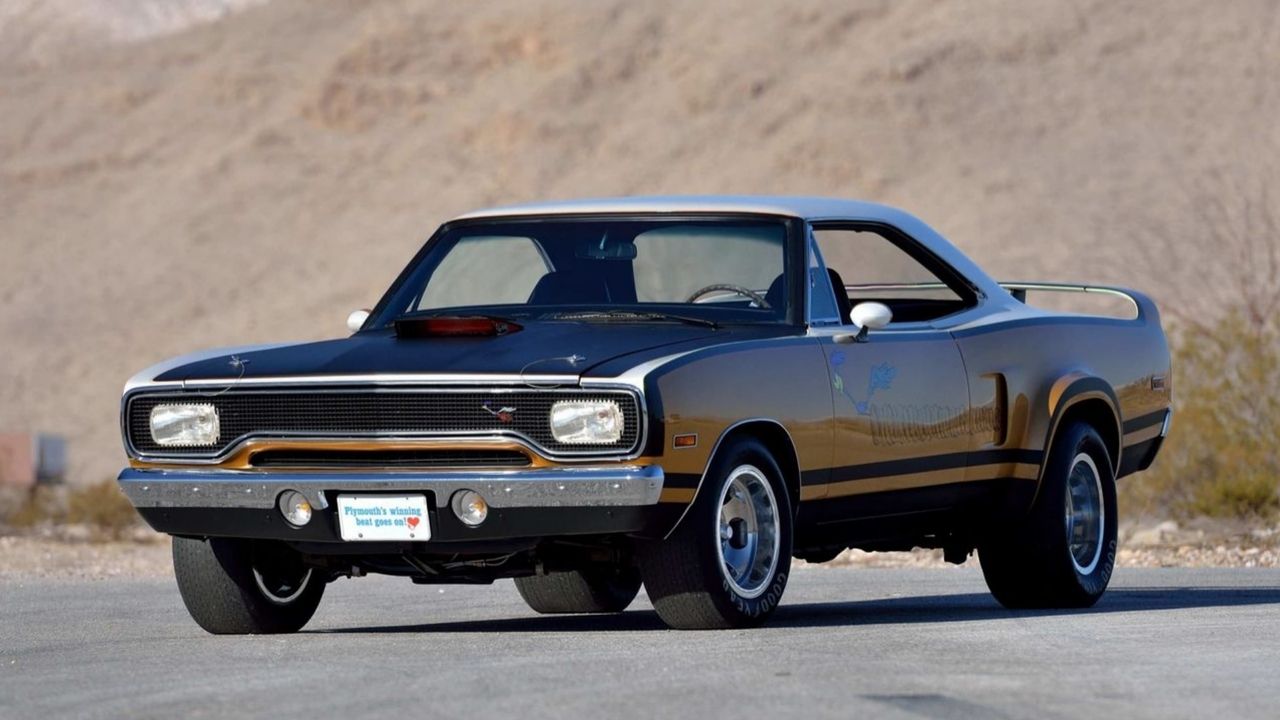
This car looked like a showpiece, but it wasn’t soft. Beneath the fiberglass accents and custom paint was a full-blown HEMI-powered muscle car. It retained its original suspension geometry, drivetrain, and aggressive gearing.
The Rapid Transit Road Runner could still do burnouts, blast through quarter-miles, and run down big blocks on the highway. A few tweaks to weight and balance aside, it remained every bit as fast as a production HEMI car. It had real teeth behind the looks.
Inspired a Generation of Customizers
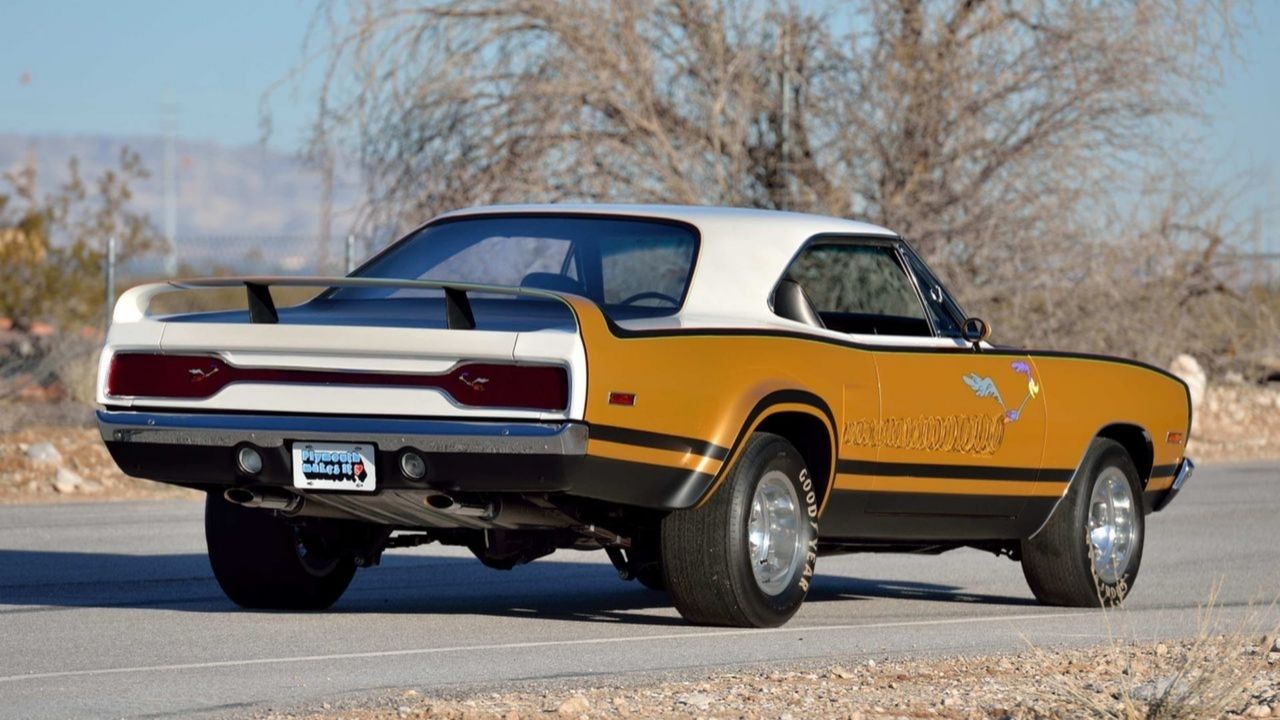
This car and its Rapid Transit siblings helped shape the custom car scene of the ’70s. Builders saw these factory-backed customs and realized the line between show and go didn’t have to be so rigid. You could have big flares, wide rubber, and still haul.
For a lot of kids who saw this car at a mall or dealership, it lit a fuse. The look—part muscle car, part street freak, part pro-touring before that was even a thing—kept showing up in garages and club shows for years. It left a deep mark.
It’s Still One of the Rarest HEMI Cars
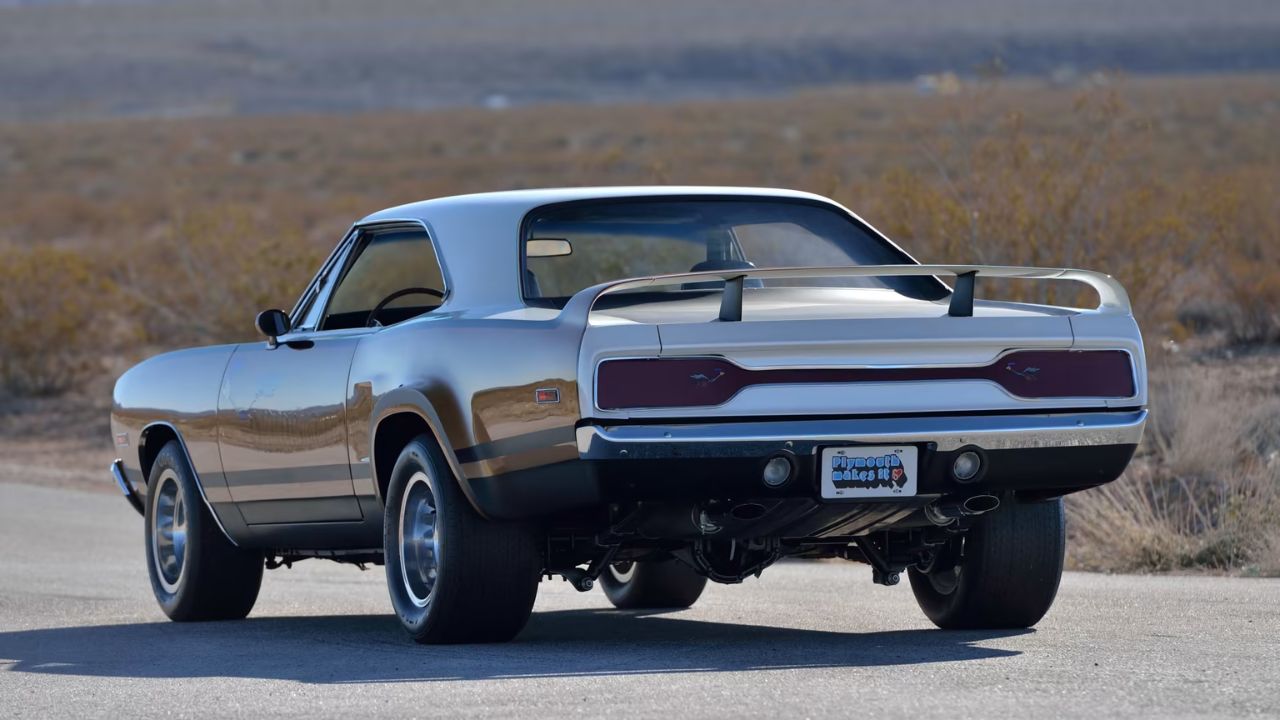
Only one Rapid Transit HEMI Road Runner like this was built, making it a one-of-one in the world of high-powered Mopars. That rarity puts it in rare air, even among HEMI cars. You won’t see this car at your local cruise night—it’s in serious collector territory now.
Its combination of factory support, big-name builders, and show-car status make it one of the most historically valuable Mopars of the era. It didn’t just survive—it’s been restored and preserved as a piece of rolling muscle car history.
It Helped Cement the Road Runner’s Legend
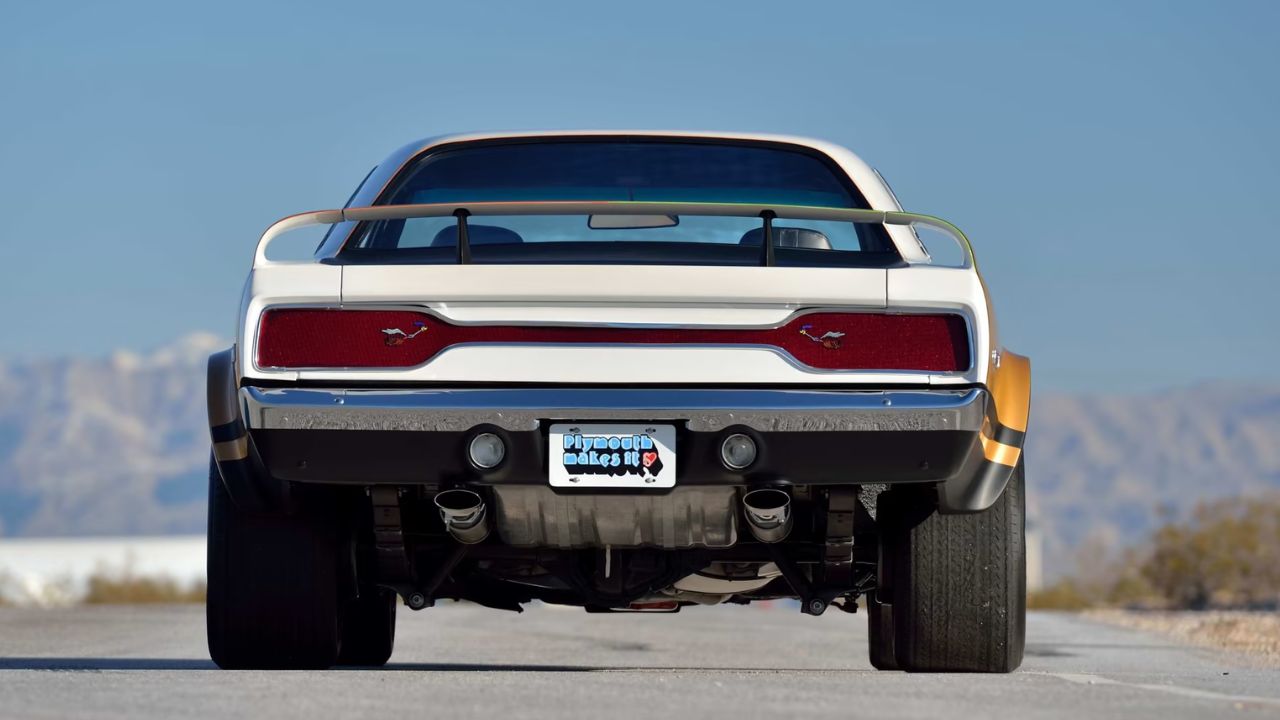
The Rapid Transit Road Runner didn’t sell cars by itself, but it kept the brand in headlines and under spotlights. Plymouth’s whole muscle car strategy was to balance performance with fun—and this car nailed both.
By showing what a Road Runner could be when taken to the edge, it added personality to a car already known for big power and no-nonsense muscle. Even decades later, the Rapid Transit HEMI stands out as one of the wildest moves Plymouth ever made.
Like what you read? Here’s more by us:
*Created with AI assistance and editor review.

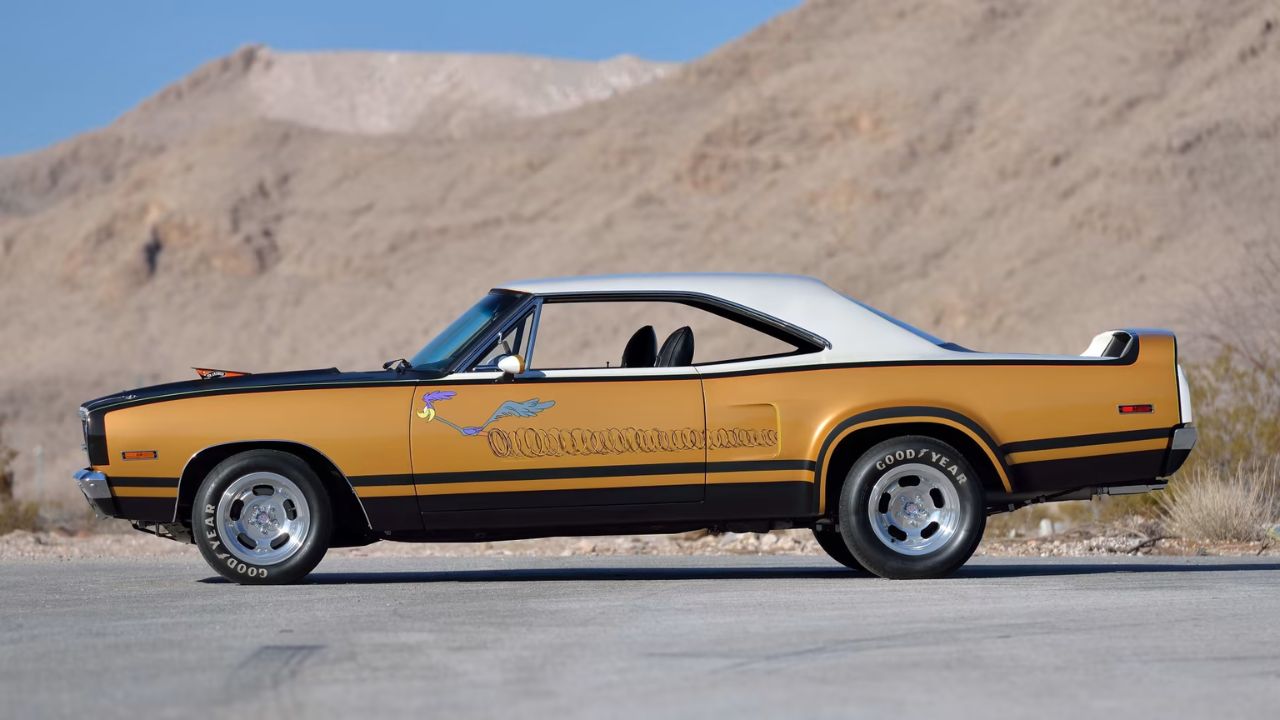
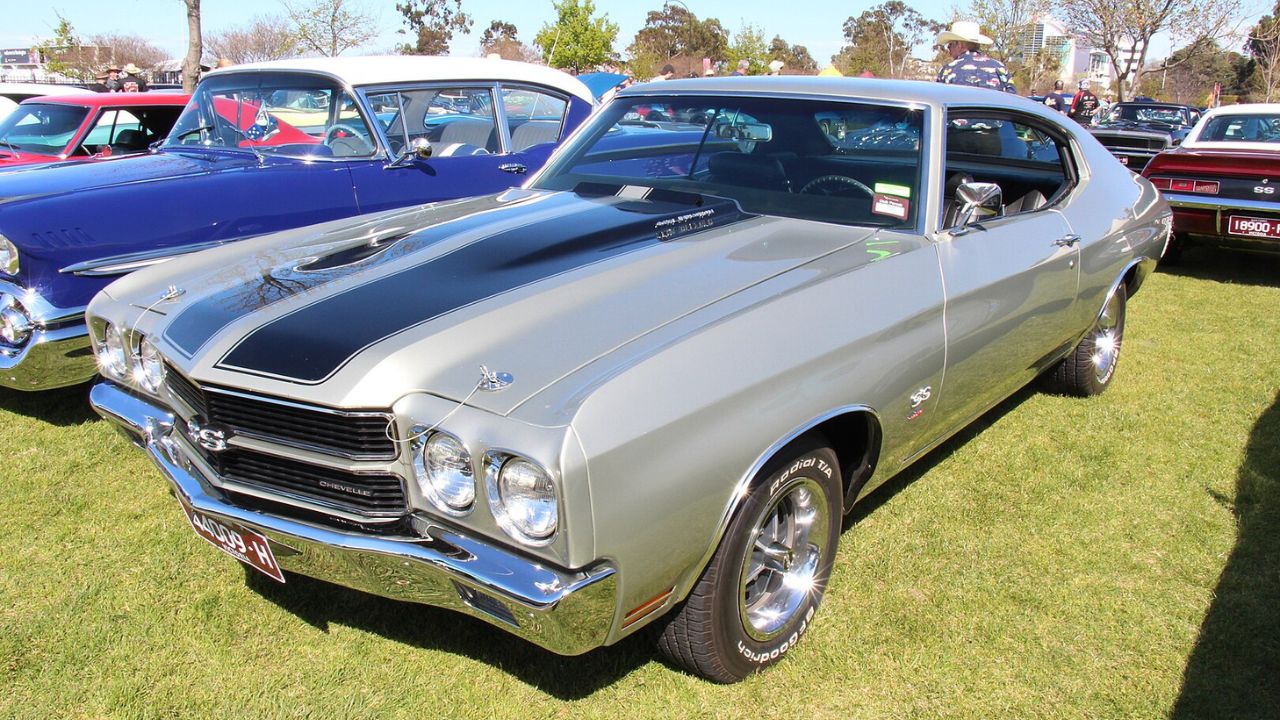
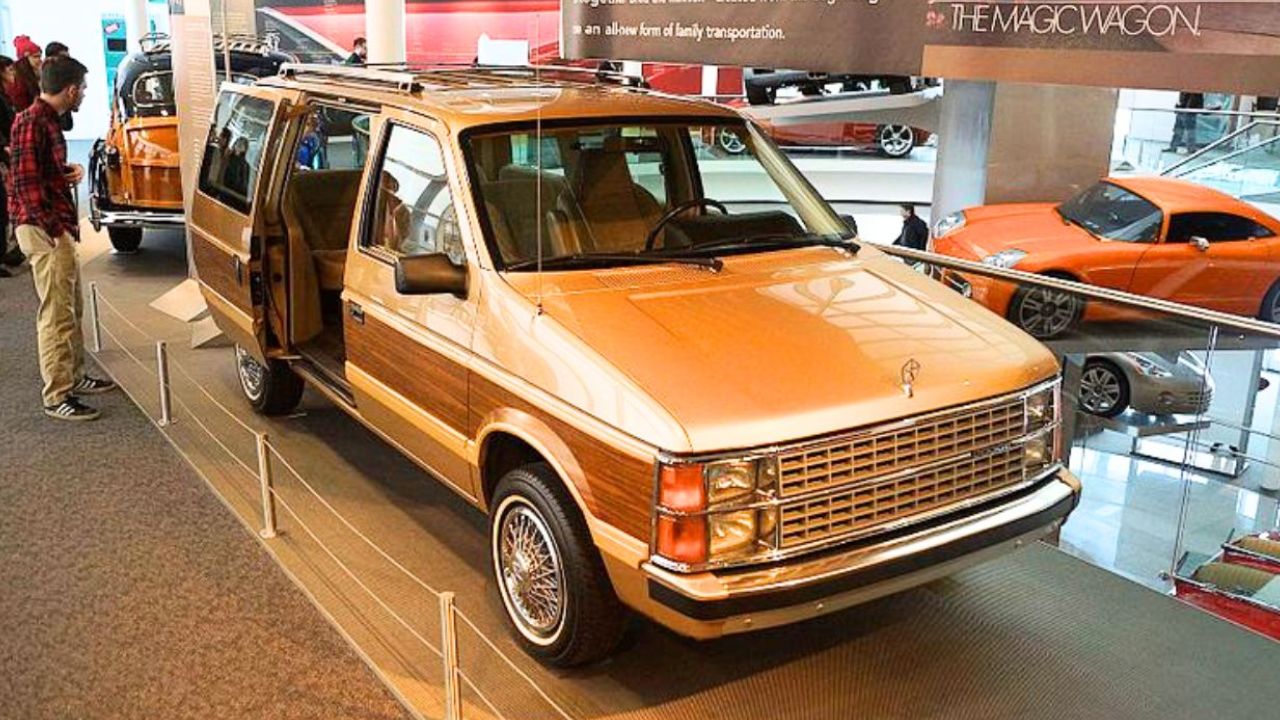
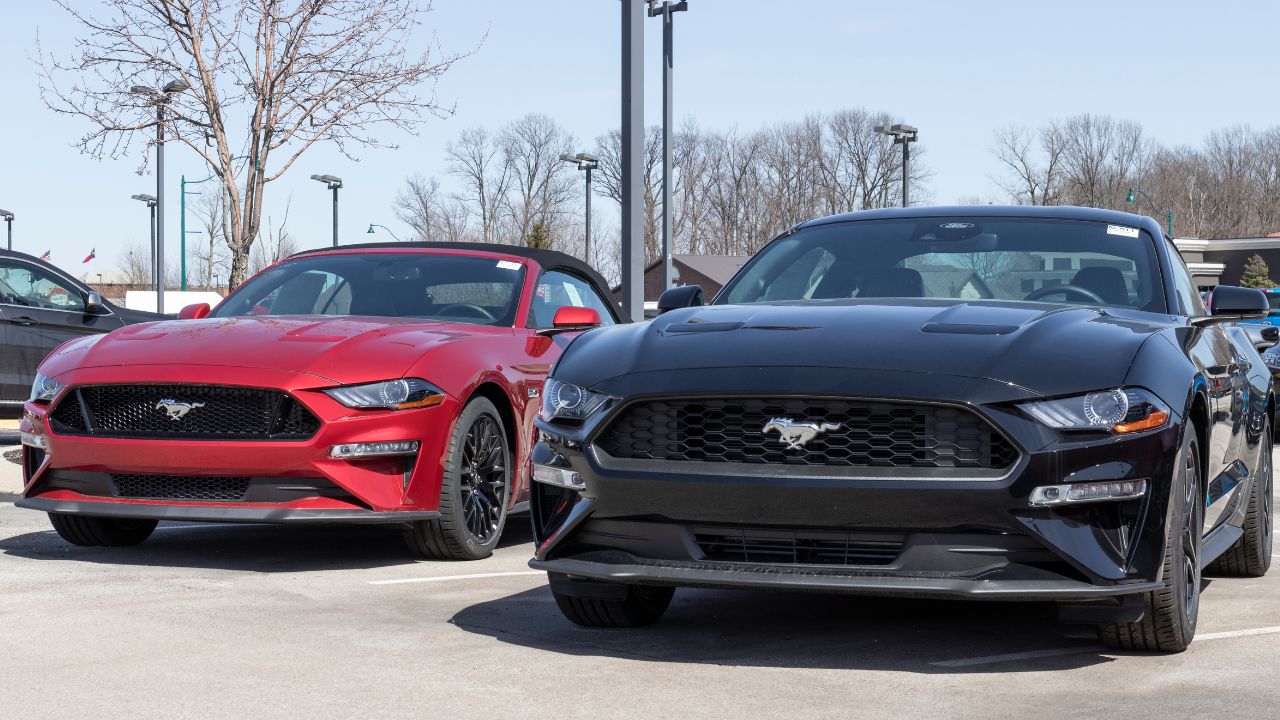

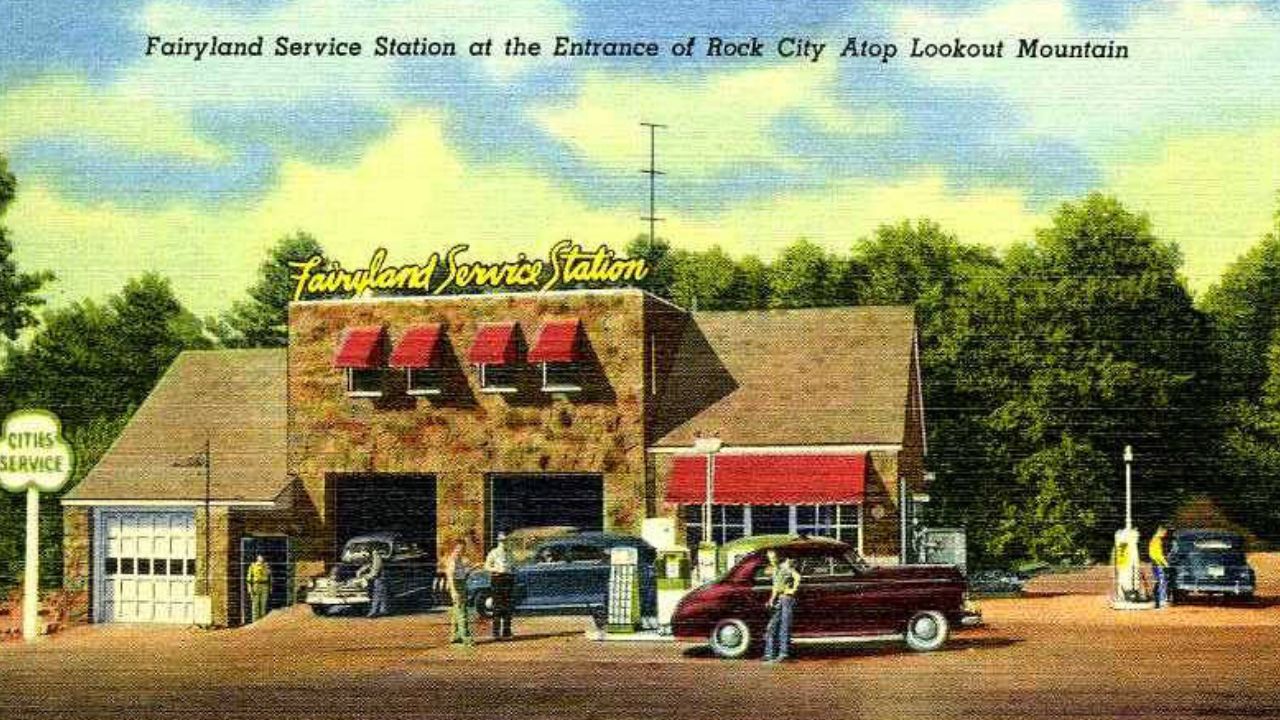
Leave a Reply